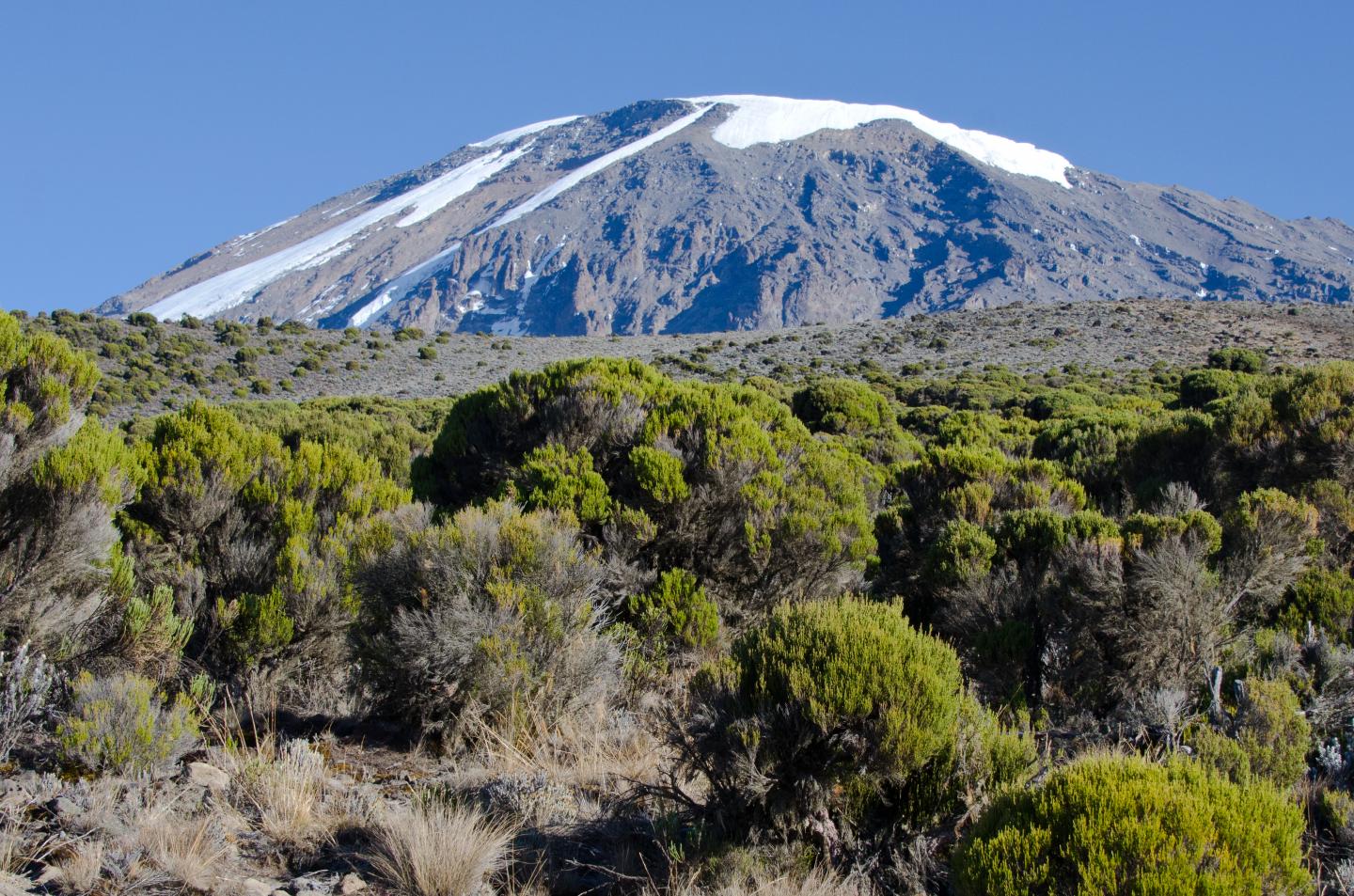Higher elevations around the world may be warming much faster than previously thought, according to a paper which reviewed elevation-dependent warming mechanisms such as loss of snow and ice, increased latent heat release at high altitudes, low-elevation aerosol pollutants that increase the difference in warming rates between low and high elevations, plus other factors that enhance warming with elevation in different regions, and in different seasons.
The problem is that although high mountains are the major water source for large numbers of people living at lower elevations, records of weather patterns at high altitudes are "extremely sparse." There are very few weather stations above 14,700 feet and long-term data, crucial for detecting patterns, doesn't yet exist above 16,400 feet anywhere in the world. The authors say the longest observations above this elevation are from the summit of Kilimanjaro, which have been maintained for just over a decade.
"Elevation-dependent warming is a poorly observed phenomenon that requires urgent attention to ensure that potentially important changes in high mountain environments are adequately monitored by the global observational network," say members of the Mountain Research Initiative Working Group at UMass Amherst.

Elevation-dependent warming is a poorly observed phenomenon. Credit: Douglas Hardy, UMass Amherst
Lead author Nick Pepin of the University of Portsmouth, U.K., says, "There is growing evidence that high mountain regions are warming faster than lower elevations and such warming can accelerate many other environmental changes such as glacial melt and vegetation change, but scientists urgently need more and better data to confirm this. If we are right and mountains are warming more rapidly than other environments, the social and economic consequences could be serious, and we could see more dramatic changes much sooner than previously thought."
They add that without substantially better information, there is a risk of underestimating the severity of a number of problems, including water shortages and the possible extinction of some alpine flora and fauna. The paper discusses future needs to improve knowledge of mountain temperature trends and mechanisms via improved observations, satellite-based remote sensing and model simulations. Noting that "many factors make it extremely difficult to determine the rate of warming in mountainous regions," the team reports the most striking evidence that mountain regions are warming more rapidly than surrounding regions comes from the Tibetan plateau, where temperatures have risen steadily over the past 50 years and the rate of change is accelerating.
Published in Nature Climate Change.




Comments